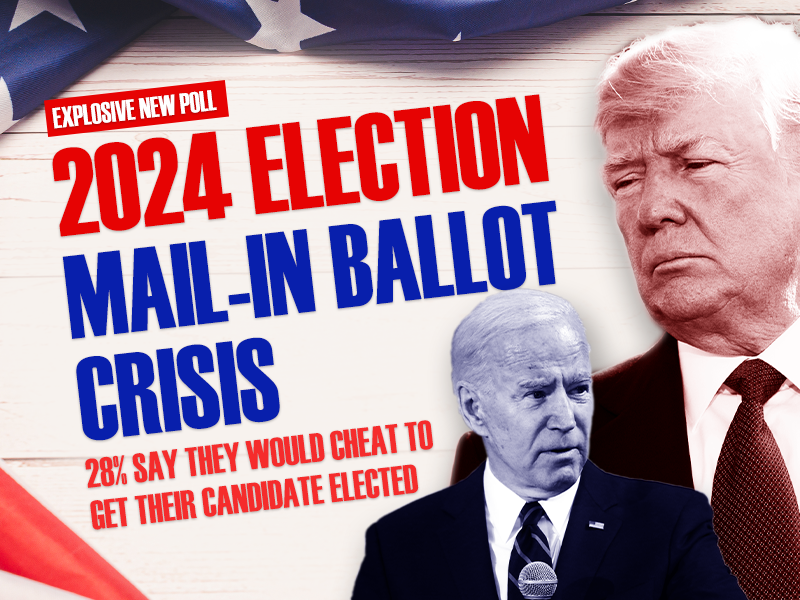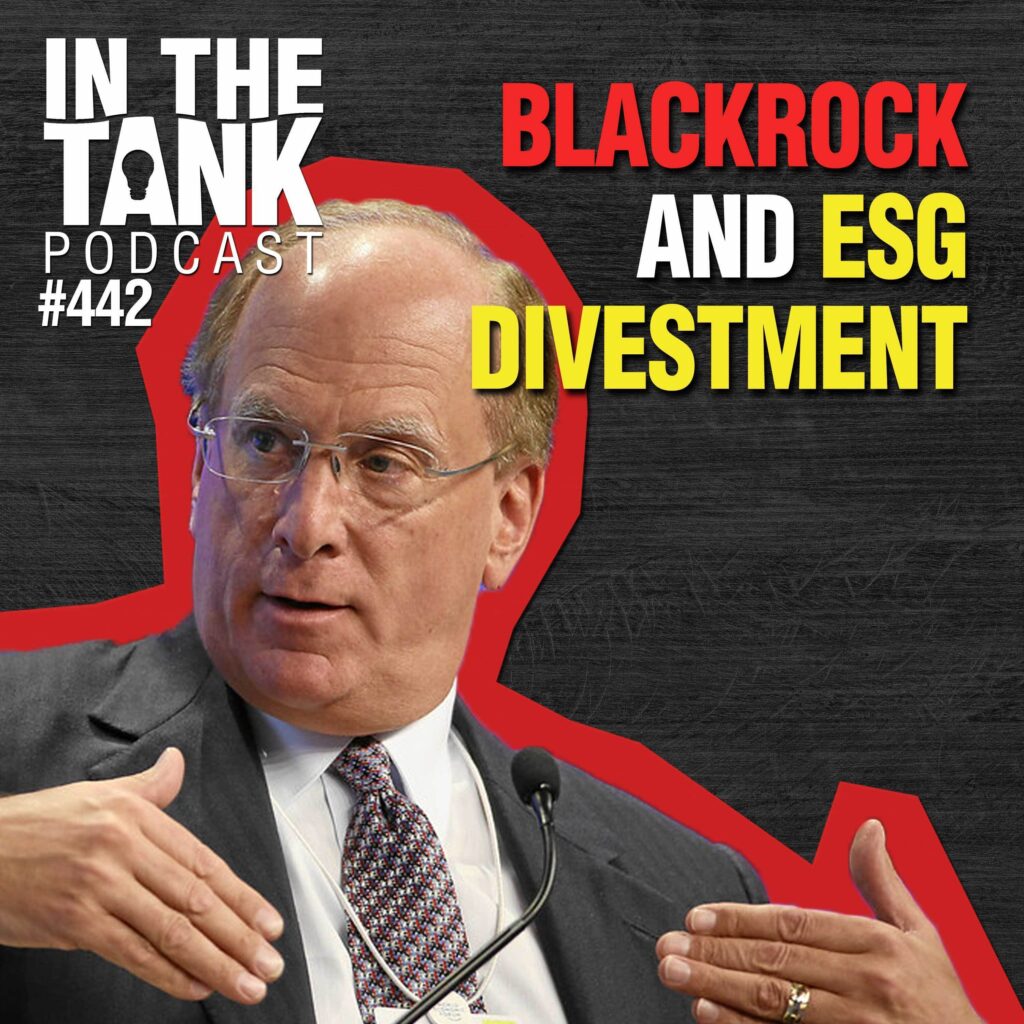It is now accepted that Joseph Stalin perpetrated mass murder in the Ukraine Soviet Republic in 1932 and 1933. A famine occurred throughout the Soviet Union but the most severe impact was in the vital wheat-growing Ukraine because Stalin wanted to wipe out Ukrainian resistance to the Soviets.
“Farms, villages, and whole towns in Ukraine were placed on blacklists and prevented from receiving food,” writes Anne Applebaum in Britannica. “Peasants were forbidden to leave the Ukrainian republic in search of food.” Apparatchiks even entered homes and stole food. (The Soviets could requisition as much food as they wanted from those who produced it.) Millions died.
Many Western observers visited the Soviet Union around that time, but few revealed the true conditions. Most famously, Walter Duranty received a Pulitzer Prize for his generally positive stories from the Soviet Union in 1931; the worst horrors were going on a year later, but he did not report them.
Thomas D. Campbell wrote positively, too, about the collectivization process in his 1932 book Russia: Market or Menace? I introduced my readers to Campbell in a recent post. Forgotten today, he was once the “wheat king of the world,” having in 1918 created in Montana one of the largest and most mechanized farms in the world.
His book offers insight into the images Westerners received about the Soviets in the early 1930s. It is based on two trips Campbell made to the Soviet Union at the invitation of the Soviets, in 1929 and 1930.
“There are, of course many things to criticize about the soviet Government,” wrote Campbell, “but a trip across the country, among the poor peasant people, such as I have made, would convince the most anti-Soviet person that the present Government in Russia is improving the condition of its peasant people.”[1]
This statement pretty well exemplifies his views. It’s not obvious that the Soviets wanted Campbell’s expertise in wheat growing; more likely, he was seen as a conduit for encouraging trade with the Soviets. Indeed, Campbell argues strenuously for more trade between the U.S. and the Soviets. “I believe that we in the United States, through business co-operation, proper sympathy and fair criticism, can be instrumental in the development of that great country. . . .”[2] Because banks were unwilling to extend credit to the Soviets, he said, Europe was snatching potential business from the United States.
Now I will look at three topics Campbell discusses that do not fit with modern historians’ views.
Statistics. To begin with, he relied on Soviet statistics—figures about the number of collectivized households, wheat and sugar-beet acreage, numbers of cows, overall death rates (which presumably had fallen under the Communists), etc. Today there is some debate about whether Soviet statistics were pure fabrications or if relatively accurate figures were doctored. In any case, independent-minded statisticians were, at the least, fired. .[3]
One example of flawed statistics: Campbell refers to the Soviet Union’s 90 million horses. Here’s what Holland Hunter (writing in 1988) said about the Soviet Union’s horses:
“After 1929, in a monumental tragedy, the available animal tractive power fell by more than half, dropping from 28.9 million horsepower in 1929 to 13.7 million in 1936. . . . Peasants proved unable or unwilling to feed and maintain the draft animals they had lost under collectivization.”[4]
In other words, there were nowhere near the number of horses Campbell says, and collectivization led families to kill them. Otherwise, the families would have to feed and care for horses (or cattle or oxen) but would benefit little from what the horses produced.[5]
Kulaks. This is a term with a variety of meanings. Before the revolution, kulaks were prosperous farmers, somewhere between 9 and 13 percent of rural households, who produced 38 percent of the grain. Even then there was a tinge of envy in the term. [6] After the revolution, these large landholders disappeared, as the land was divided up arbitrarily. But the term returned; by 1926 kulak meant, according to M. Lewin, “exploiter and ‘devourer of the mir’ who possessed ‘not a little’ land, hired batraki, traded and lent money.” [7]
Campbell describes them this way: “The smarter and more enterprising peasants soon began to pull ahead of these others . . . becoming almost as powerful as the old landlords had been.”[8] And then: “While the masses of the peasants had become enthusiastic about the collectives, the kulaks began to see the handwriting on the wall pointing toward their doom. Many of them slaughtered their cattle wholesale and then joined a collective; others sold all of their goods at give-away prices and resorted to sabotage of various kinds.”[9]
The result: “[M]any kulaks found . . . that Siberia is a mighty cold place, especially when one is a prisoner. And many a collective is richer because of the kulaks who were ‘liquidated.'” On the next page Campbell slightly amends his tone: “I have strongly opposed the harsh treatment of the Kulaks.”[10]
Peasants. As indicated above, Campbell describes his 1930 experience as “a trip across the country, among the poor peasant people.” In fact, Campbell seems to have gone to about four farms, two communes and two giant state “demonstration” farms, located in southern Russia about 1100 miles south of Moscow. That was Ukraine but not actually in it. By being “among the poor peasant people,” he was referring to his windshield view of struggling peasants. “There was a strange contrast while driving between these two modern farms and the millions of acres still farmed by the peasants with the most primitive methods.”[10] That statement makes it look as though progress was being made through collectivization and mechanization.
However, what was he seeing, really? Communes (and local tractor stations) had a monopoly on mechanized equipment. The kulaks, some of whom had rented out equipment and horses, were gone. Horses and livestock had been killed.
Thus, he was seeing the devastation of peasants who had not yet been forced into collective farms. They soon would be.
[1] Thomas D. Campbell, Russia: Market or Menace? (New York: Longmans, Green and Co., 1932), 110-11/.
[2] Campbell, 147–8.
[3] See, for example, James E. Mace, “The Politics of Famine: American Government and Press Response to the Ukrainian Famine, 1932-1933,” Holocaust and Genocide Studies 3, no.1 (1988), 750–774, at 76. “Officials found wanting were replaced, including a quarter of the Ukraine’s 494 raion (district) government heads by 1 October [1933].”
[4] Holland Hunter, “Soviet Agriculture with and without Collectivization, 1928-1940.” Slavic Review 47, no. 2 (1988): 203-16.
[5] This is, of course, the “tragedy of the commons.”
[6] M. Lewin, “Who Was the Soviet Kulak?” Soviet Studies 18, no. 2 (1966): 189-212, at 190, http://www.jstor.org/stable/149521.
[7] Lewin, 191. Mir refers to traditional peasant communities, and batraki means “landless laborers.”
[8] Campbell, 49.
[9] Campbell, 61.
[10] Campbell, 61-62.
[11] Campbell, 109-110.
[Originally posted on Jane Takes On History]




